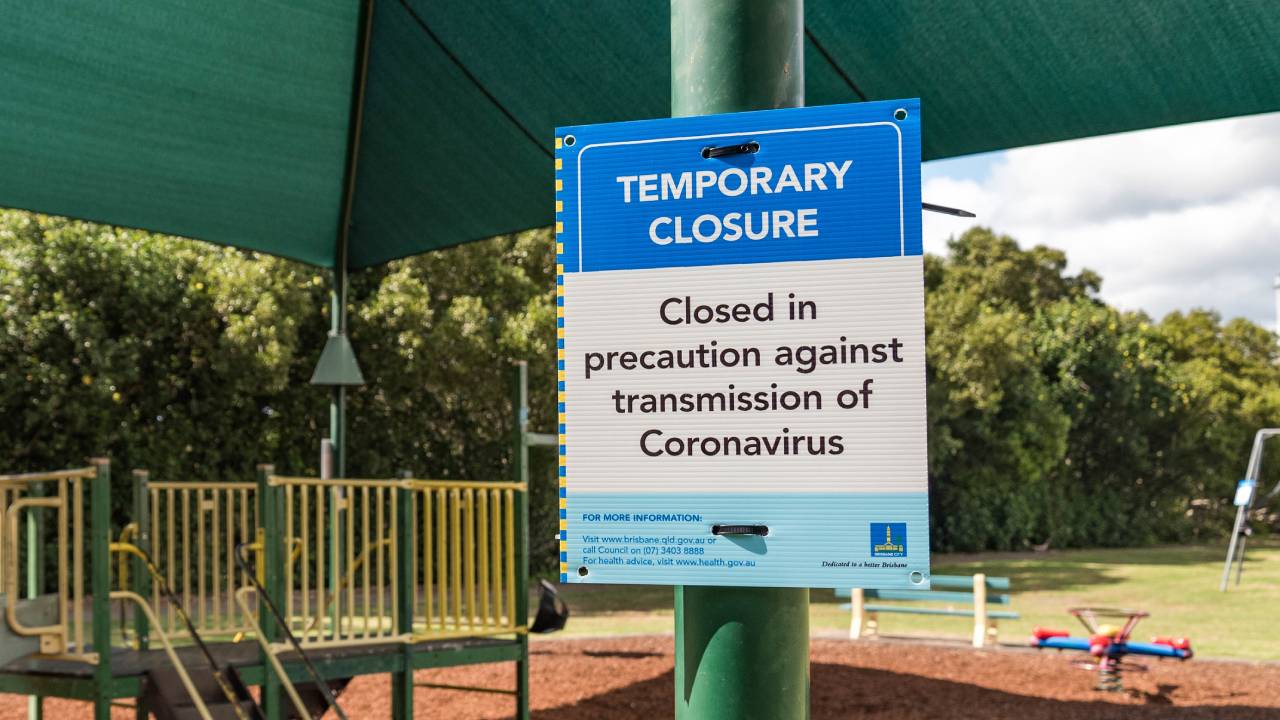Coronavirus: When will social distancing and restrictions end?

In the last few weeks you may have heard the term ‘social distancing’ being thrown around a lot, as it’s being hailed as the solution to end this pandemic.
And they aren’t wrong, as social distancing is something everyone needs to be adhering to. It’s an emergency response in an emergency situation. It’s slamming the door on the face of a viral pandemic. The issue is that the virus lurks for a terribly long time. It’s not going anywhere, anytime soon.
So the question remains, when will the emergency be over? When can we open our doors? When can we go back to our offices, cafes, clubs? To socialise? To be free?
Before we can ease up, we have a mountain to crush.
The only way restrictions will start to lift is when it’s known for certain that COVID-19 has been slowed to a point where our hospitals are coping well. But the good news is, that Australia’s early measures to “flatten the curve” may be starting to have a positive impact.
This means our hospitals will be able to cope with the inevitable emergency cases as they keep rolling in. Resulting in fewer Australians dying.
But that means we’ll be in quarantine for months to come.
“For most of March, the total number of cases doubled in Australia every three to four days. That rate has now slowed to doubling every six to seven days,” a report released Wednesday from the Grattan Institute reads.
“Over the past week the growth pattern has slowed and shifted from the exponential doubling to a linear trend with the number of new cases in Australia increasing by about 350 per day. If this rate continues, Australia’s current ICU capacity will be able to cope.”
But there’s always a “but”.
“But it is still early days. And our current testing regimen may not be shedding as much light on community transmission as we need. With limited community testing, and a disease which is asymptomatic or mild for many, we don’t know how far infections have spread into the community and so we don’t know the actual number of new cases each day.”
So when will things return back to normal?
The simple answer: When people build up immunity.
“It will largely depend on being able to say who is safe from contracting the coronavirus,” says University of Queensland research fellow Larisa Labzin.
No one knows yet if those who have contracted the virus are now immune from catching it again, which is why according to the molecular bioscientist, it’s crucial to test those who have the virus, but also those who have already had it.
“An antibody test – which would identify those whose immune systems have already encountered the virus, as opposed to current tests that reveal the presence of the virus itself – will be an important part of efforts to track the true extent of the outbreak,” Labzin writes.
Australia has ordered 1.5 million antibody testing kits, so it can be understood whether the immune system can recognise and fight off COVID-19 after recovering from the virus.
It’s a different testing process to what is currently being applied. But Australia has ordered 1.5 million antibody test kits.
We need to confirm immune systems can recognise – and fight off – COVID19 after recovering from the virus.
“These kinds of tests will help clinicians and scientists measure exactly how soon after infection we develop antibodies, what levels are needed to be protective and how long these antibodies stay in our body,” Labzin writes.
“But there is still a long way to go before we can test people’s blood for antibodies against SARS-CoV-2 and confidently say it is safe for people to go back to work or into the community without getting sick,” Labzin warns.
With a vaccine still at least 18 months away, the recurring message is the need to test, and to keep the number of active cases down to levels the health care system can handle.
